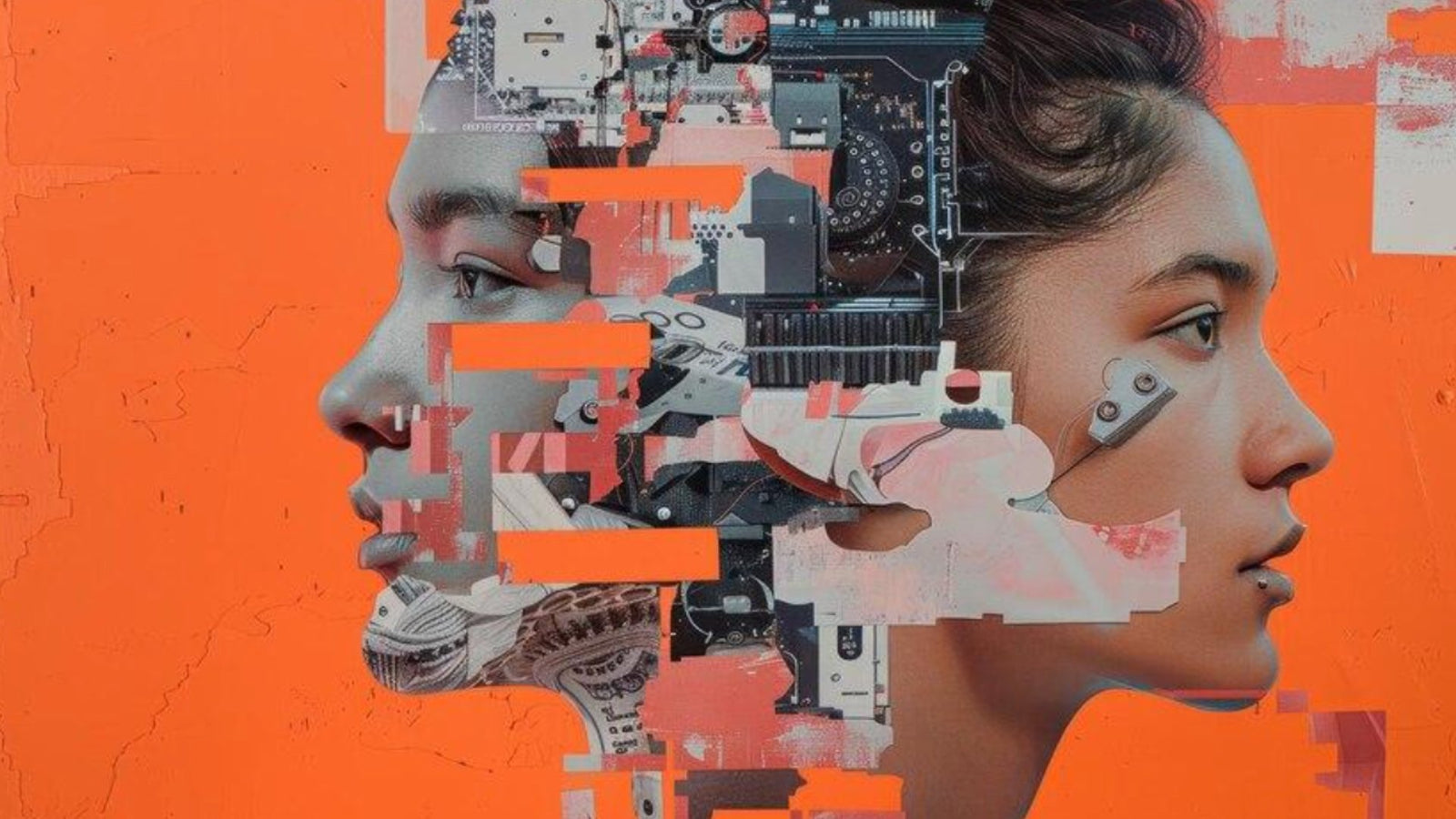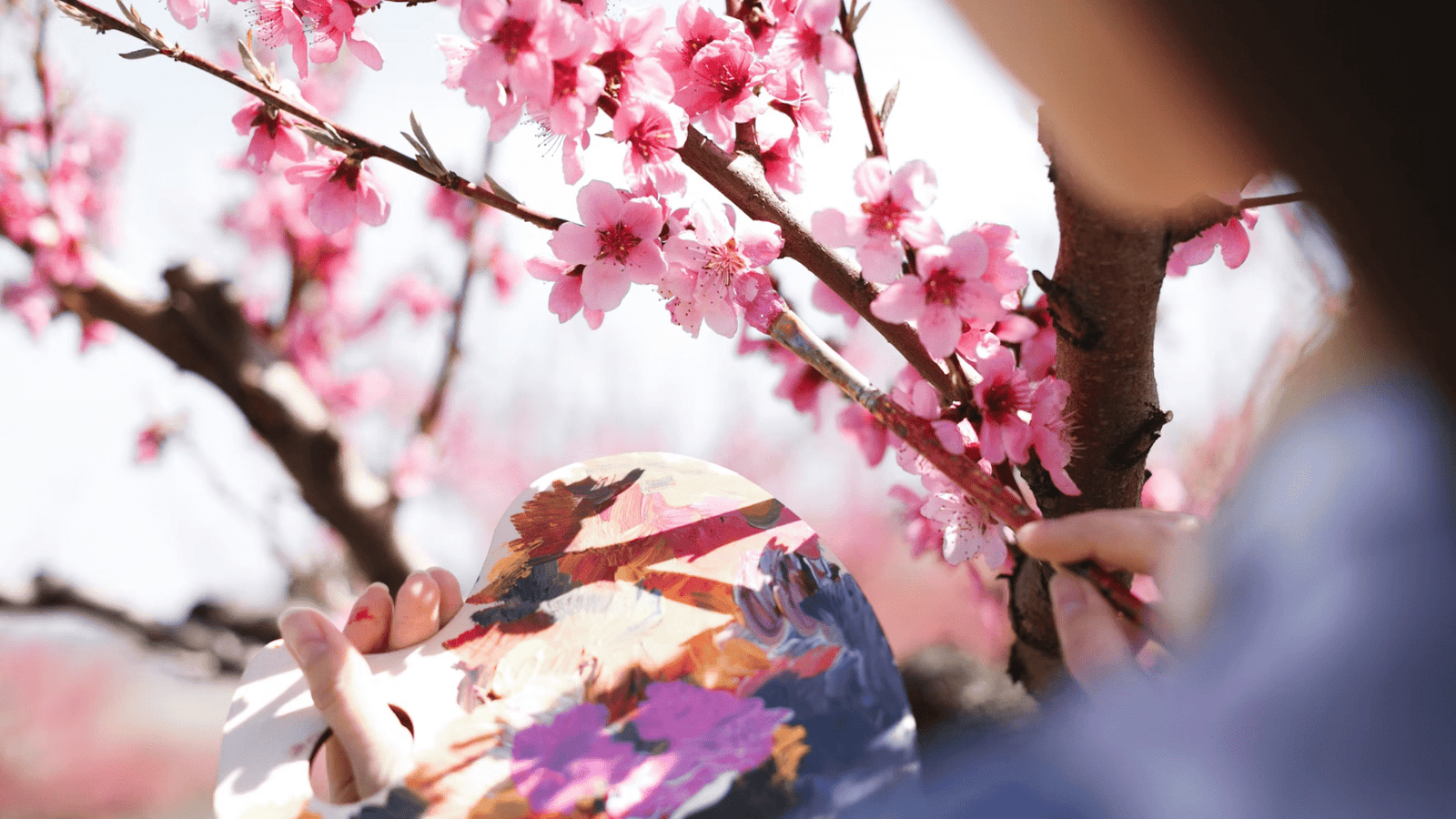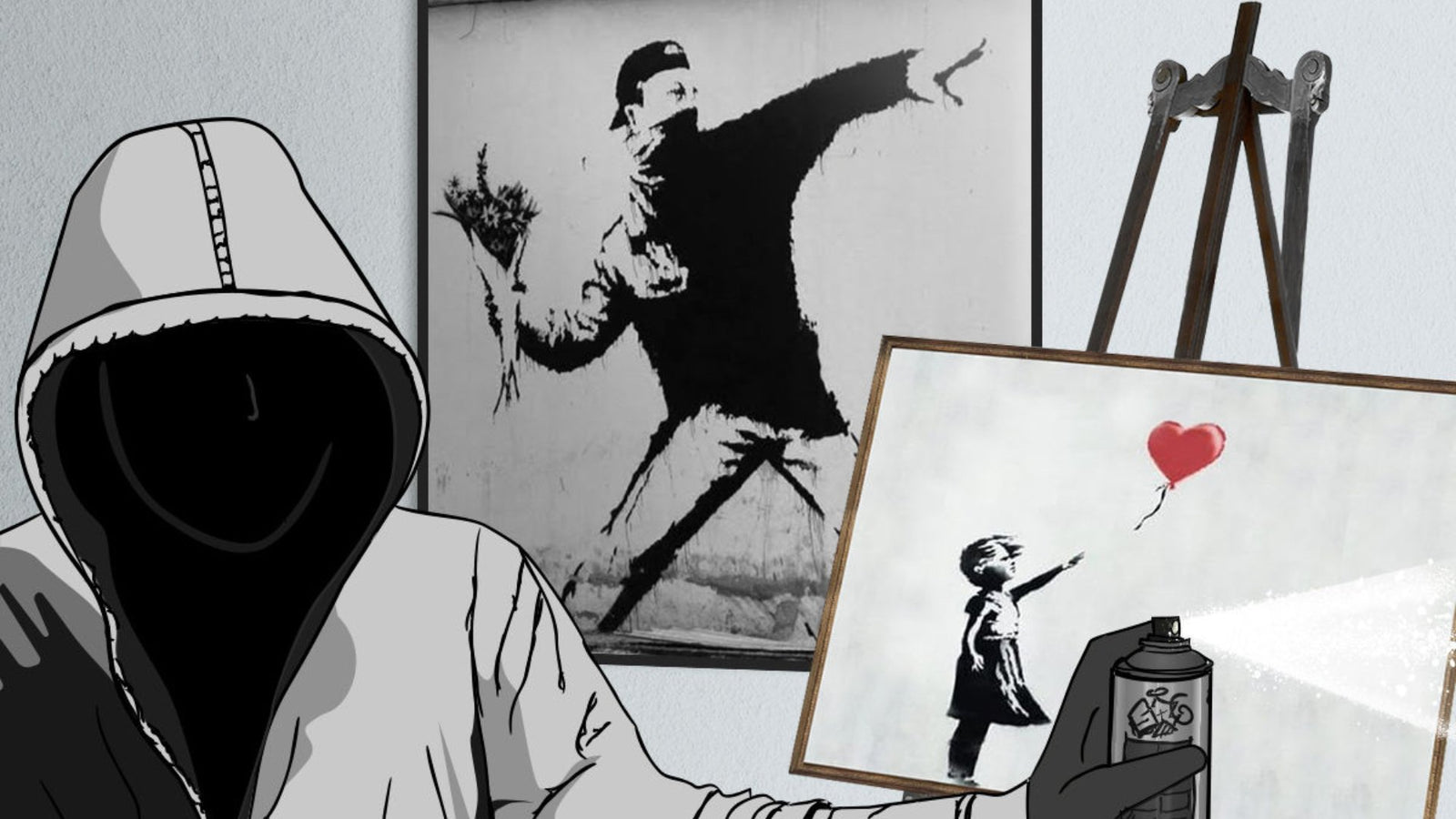Your Cart is Empty
🎁BUY 2, GET 1 FREE + FREE WORLDWIDE SHIPPING 🚚
🎁BUY 2, GET 1 FREE + FREE WORLDWIDE SHIPPING 🚚
Is Technology Enhancing or Restricting Artistic Creativity ?
5 min read

Art—timeless, boundless, eternal. Creativity—the force that drives it. And then there's technology, an unstoppable wave crashing upon the shores of tradition, reshaping the landscape of artistic expression. But, as with any force, there’s a dual nature. Is technology a liberator, unleashing creative potential previously unimaginable? Or is it a cage, subtly confining the artist within the shiny bars of pre-programmed algorithms and digital possibilities? This paradox invites exploration. Let's dive into the complexity.
A Canvas Transformed
Imagine a painter in the 15th century. The feel of the brush in hand, the scent of oil paint filling the air, the texture of the canvas beneath fingers—this was art. Art was tactile, it was physical, it was bound by the limits of the materials available. Now, fast forward to the present day. The brush? A stylus. The canvas? A screen, boundless, infinite in its potential. Colors? A digital palette with millions of shades. This is the transformation that technology has brought to art. It has expanded the canvas, broken the boundaries, and, in many ways, democratized art. Anyone with a computer can create. Anyone with an internet connection can share.
But, with expansion comes dilution. The artist no longer wrestles with the materiality of their medium; they no longer battle with the resistance of the paint or the stubbornness of stone. The struggle has shifted. Now, the challenge is navigating an overwhelming abundance of choices. Every brushstroke can be undone with a click, every decision revised in an instant. Is this freedom, or is it a new form of restriction?
The Digital Muse
Enter artificial intelligence. It learns, it mimics, it creates—or does it? AI-generated art has stormed onto the scene, blurring the lines between human and machine. Algorithms digest millions of images, learn styles, and produce something new. Is it art? Is it creativity? And most importantly, where does the artist fit into this equation?
Some see AI as a tool, an extension of the artist’s hand. It offers new perspectives, generates ideas, sparks inspiration. An artist working with AI can explore realms of possibility that would have been impossible to imagine just a few years ago. The machine becomes a partner, a collaborator in the creative process.
But AI also poses a threat. It thrives on patterns, on repetition, on data. It creates based on what has been done before, what it knows, what it can predict. Originality, then, can suffer. The artist risks becoming a curator of the machine’s output, rather than the true creator. The soul of the art—where does it go when the artist’s hand no longer guides the creation, but merely selects from the options provided by an algorithm?
The Paradox of Limitless Choice
Now, consider this: a world of endless possibility. Sounds liberating, doesn't it? But imagine standing in front of a blank canvas that stretches infinitely in all directions, with every color, every tool, every style imaginable at your fingertips. This is the modern artist's dilemma. Technology has created a paradox where too much choice can be paralyzing. The sheer volume of options can overwhelm, leading to indecision, to a fear of missing out on the “perfect” choice, to a reluctance to commit to a single idea.
Artists once found meaning in the limitations of their tools, in the constraints of their medium. These constraints forced creativity, sparked innovation. With technology, many of those limitations have dissolved. But what happens when there are no boundaries, when the artist can create anything, anytime, anywhere? The creative process risks becoming shallow, lacking the depth that comes from struggle, from working within and against limitations.
True, not all restrictions have disappeared. In particular, artistic creativity is often limited by its region and the content popular there. You can go much further if you switch location and unblock foreign streaming services. This will allow you to discover a positive technology impact on art, thanks to diversity and new sources of inspiration.

The Illusion of Accessibility
Technology, they say, has democratized art. Anyone can create, anyone can share. But is this accessibility real, or is it an illusion? The digital divide is real. Advanced software, high-quality hardware, fast internet connections—these are not universally available. Artists in underserved communities may find themselves excluded from this digital revolution. Their creativity, their potential, remains trapped by a lack of resources.
Moreover, even within the digital sphere, there is a new form of gatekeeping. Social media platforms, with their algorithms and their metrics, dictate what is seen, what is celebrated, what is considered worthy of attention. The artist’s success is no longer determined solely by the quality of their work but by their ability to navigate these digital waters. Yes, the author can use VeePN to try his hand at other waters, but the pressure is still there. The art itself becomes secondary to the numbers—likes, shares, followers. Creativity is boxed in by the demands of virality, by the need to conform to what the algorithm deems “popular.”
Art's Digital Future: Renaissance or Restriction?
So, what’s the verdict? Is technology enhancing artistic creativity, or is it confining it within new, invisible walls? The answer isn’t simple. It’s both, and neither, and everything in between.
Technology is a tool—powerful, transformative, but also dangerous in its capacity to standardize, to homogenize, to reduce the creative process to a series of selections from a menu. It offers unprecedented possibilities but at the cost of removing some of the very struggles that have historically defined and driven artistic innovation.
The key lies in balance. Artists must navigate this new landscape with care, using technology to enhance their vision without allowing it to dictate the terms of their creativity. They must remain aware of the limitations that technology imposes, even as they embrace its potential. In the end, the human spirit, the soul of creativity, must remain at the center of the artistic process. Only then can technology truly serve as a tool for enhancing, rather than restricting, artistic creativity.
The future of art is digital, but whether it becomes a new renaissance or a digital dystopia depends on how we, as artists and as a society, choose to engage with the tools at our disposal. Creativity must continue to push against the boundaries, even as technology redraws them. The dance between art and technology is ongoing, and its outcome is still unwritten. Will it be a waltz, fluid and harmonious? Or will it be a struggle, a battle for control over the soul of creativity? The answer lies in the hands of the artists themselves.



